Disclosure: This article contains affiliate links. We may earn a commission from purchases at no extra cost to you, which helps our travel content.
The air hangs heavy with moisture as I follow my guide deeper into Trinidad's Northern Range. The occasional call of a bell bird punctuates the symphony of forest sounds, and beads of sweat trace familiar paths down my temples. I'm in Arima, Trinidad's third-largest town, yet just minutes from its bustling center, I've stepped into a world that feels primordial. This is not the Caribbean of postcards and all-inclusive resorts—this is the wild heart of Trinidad, where adventure travelers can lose themselves in rainforest treks, soak in therapeutic hot springs, and connect with a cultural tapestry as rich as the biodiversity that surrounds it.
Arima: Gateway to the Northern Range
Arima sits nestled against Trinidad's Northern Range like a sentinel at the edge of civilization. Most travelers to Trinidad and Tobago rush through Arima on their way to more famous destinations, but after spending time in over two dozen rainforest regions across four continents, I've developed a sixth sense for overlooked gems—and Arima practically shouted at me from the map.
The town itself carries a fascinating history as one of the oldest communities in Trinidad, originally home to indigenous Amerindians (the name 'Arima' comes from the Arawak word 'aruma,' meaning water). Today, it serves as the perfect base camp for adventures into the surrounding mountains and forests.
I established my headquarters at the Xanadu Inn, a modest but comfortable guesthouse on the town's edge where the sounds of the forest replace the usual urban noise. The owner, Maria, greets guests with homemade tamarind juice and a wealth of local knowledge that no guidebook could match.
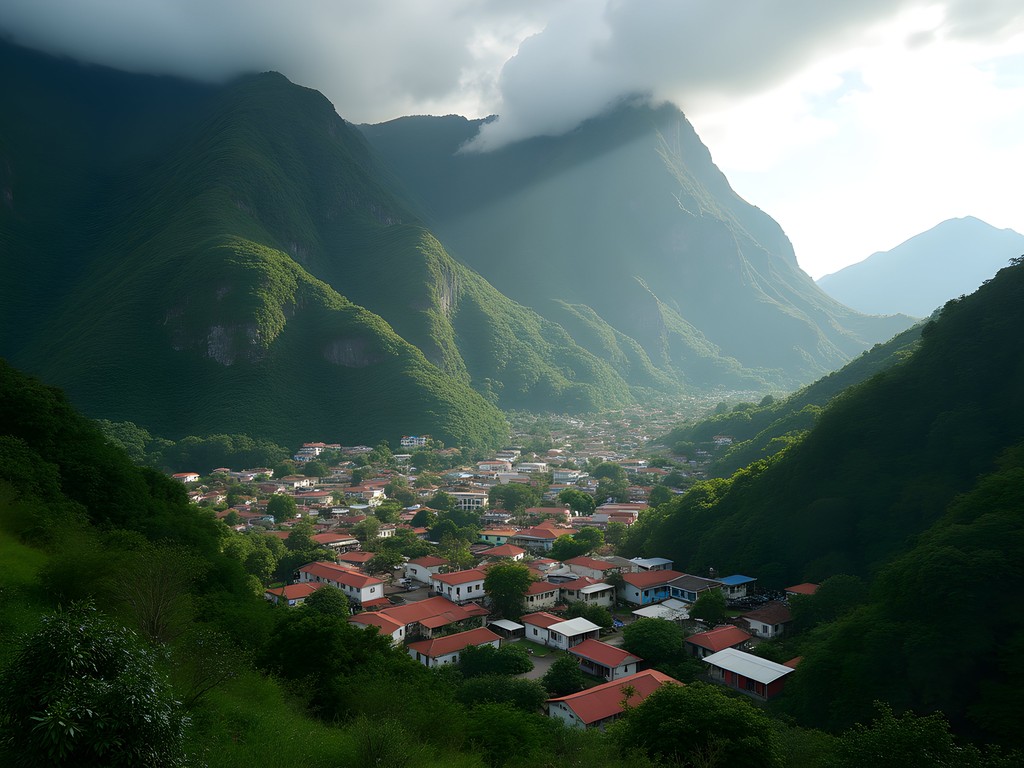
💡 Pro Tips
- Book accommodations on the eastern edge of town for easier access to trailheads
- Visit the Arima Market on Saturday mornings for fresh provisions and local interaction
- Exchange currency in Port of Spain before arriving, as Arima's options are limited
Jungle Trekking: The Trails Less Traveled
"Watch your step there," cautions Lenox, my guide for the day, as I navigate a slippery section of trail. We're three hours into a trek through the Guanapo Gorge, and the terrain has transformed from gentle forest path to boulder-strewn riverbed. "This area was sacred to the First Peoples," he explains, pointing to unusual rock formations that indeed appear almost ceremonial in their arrangement.
The Northern Range offers a network of trails that would keep even the most enthusiastic hiker busy for weeks. From the relatively accessible 3-hour Brasso Seco trail to the challenging overnight expedition to El Tucuche (Trinidad's second-highest peak at 936m), there's something for every fitness level. The biodiversity here rivals parts of the Amazon I've explored—over 400 bird species, rare orchids, and if you're fortunate, glimpses of howler monkeys swinging through the canopy.
For serious trekking, I wouldn't venture into these forests without my trekking poles. The terrain shifts quickly from packed earth to slick clay after rain, and the support they provide on steep descents has saved my knees countless times. Equally crucial is a good water filter—the streams here run clear, but giardia plays no favorites with travelers, regardless of how pristine the water looks.
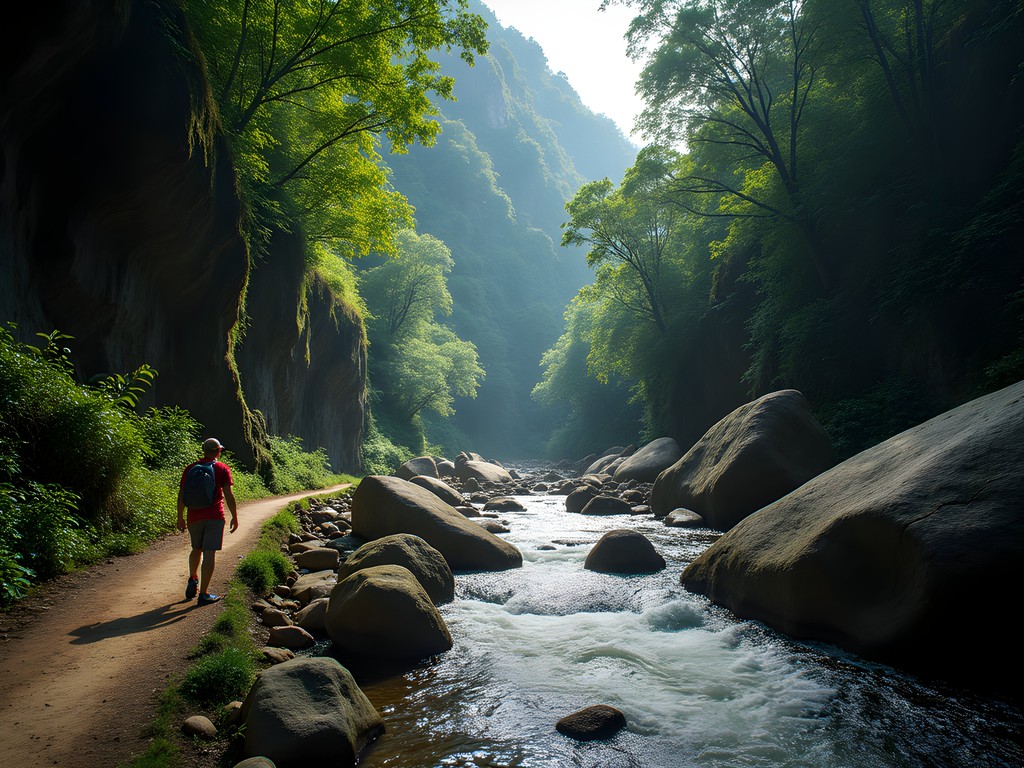
💡 Pro Tips
- Hire a local guide through the Arima Tourism Office—they know seasonal trail conditions and wildlife hotspots
- Start hikes early (6-7 AM) to avoid afternoon downpours common in the Northern Range
- Pack extra socks—crossing streams is inevitable on most trails
Arima's Healing Waters: Hot Springs & River Pools
My muscles protest as I lower myself into the first pool at Arima's natural hot springs. The water, rich in sulfur and other minerals, hovers around 40°C (104°F), and the initial shock quickly gives way to deep relief. These springs, tucked away in the forest about 8km from town, have been used for their medicinal properties by indigenous peoples for centuries before becoming a local secret.
"You feel it, yes? The earth's medicine," says Raoul, an elderly local who visits the springs three times weekly for his arthritis. I nod, unable to argue as I feel knots in my shoulders—souvenirs from yesterday's trek—begin to unwind.
The springs comprise three main pools of varying temperatures, each nestled in natural stone basins beneath a canopy of bamboo and immortelle trees. Unlike the developed hot springs I've visited in places like Japan or Iceland, these remain refreshingly primitive—no entrance fees, no concrete reinforcements, just nature's own spa hidden in the jungle.
For those preferring cooler waters, the Guanapo River offers countless natural pools perfect for a refreshing dip. I spent one glorious afternoon at the Three Pools area, where crystalline waters cascade between smooth stone basins. Here, I was grateful for my water shoes, which provided essential grip on slippery rocks while protecting against hidden sharp edges.
After long days of trekking and soaking, my hammock became my evening sanctuary. Strung between trees near my accommodation, it offered the perfect perch for watching scarlet ibis return to roost while nursing a cold Carib beer as the forest transitioned from day to night chorus.
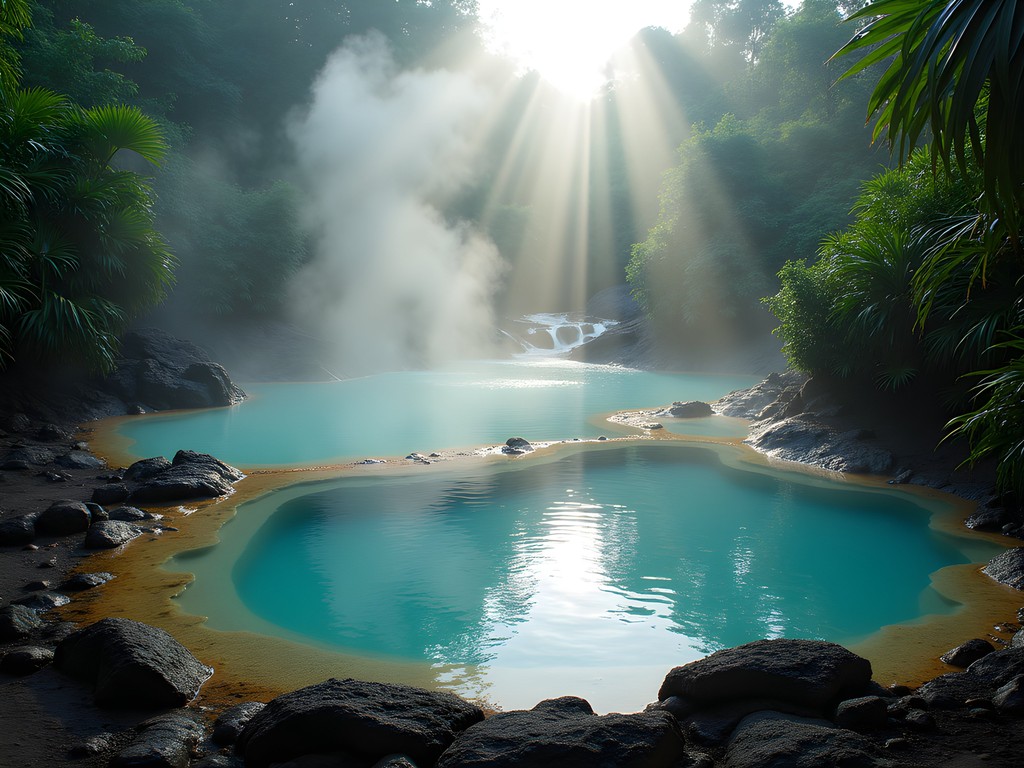
💡 Pro Tips
- Visit hot springs early morning (before 9 AM) or late afternoon (after 4 PM) to avoid local crowds
- Bring a small towel infused with essential oils to combat the sulfur smell that clings to skin and hair
- Pack a dry bag for electronics—the humidity near the springs will damage unprotected devices
Cultural Immersion: The Soul of Arima
"This is how my grandmother taught me," explains Nathalie as she demonstrates the traditional technique for wrapping pastelles in banana leaves. I've been invited to a cooking workshop in her home, one of several cultural experiences arranged through Arima's small but passionate tourism cooperative.
What separates Arima from other adventure destinations I've visited is the seamless integration of cultural experiences with natural exploration. The town proudly maintains its indigenous Carib heritage alongside influences from African, Indian, and European traditions—a microcosm of Trinidad's famous cultural kaleidoscope.
The Santa Rosa First Peoples Centre offers insightful exhibits on the island's indigenous history, while the annual Santa Rosa Festival (late August) transforms the town with processions, craft markets, and traditional performances. Even outside festival times, Arima's central market pulses with local life—a sensory explosion of fresh produce, handcrafts, and street food that tells the story of Trinidad's diverse culinary heritage.
For capturing these vibrant cultural moments in challenging lighting conditions, my compact light has proven invaluable. Small enough to slip into a pocket yet powerful enough to illuminate dark interiors or evening festivities, it's become an essential part of my documentation toolkit.
After days of physical adventure, I found unexpected delight in Arima's small but excellent cocoa estate tours. Trinidad's cocoa is world-renowned, and following the bean-to-bar process while sampling single-origin chocolate provided a different kind of sensory journey—one that connected the lush forests I'd been hiking through with the island's agricultural traditions.
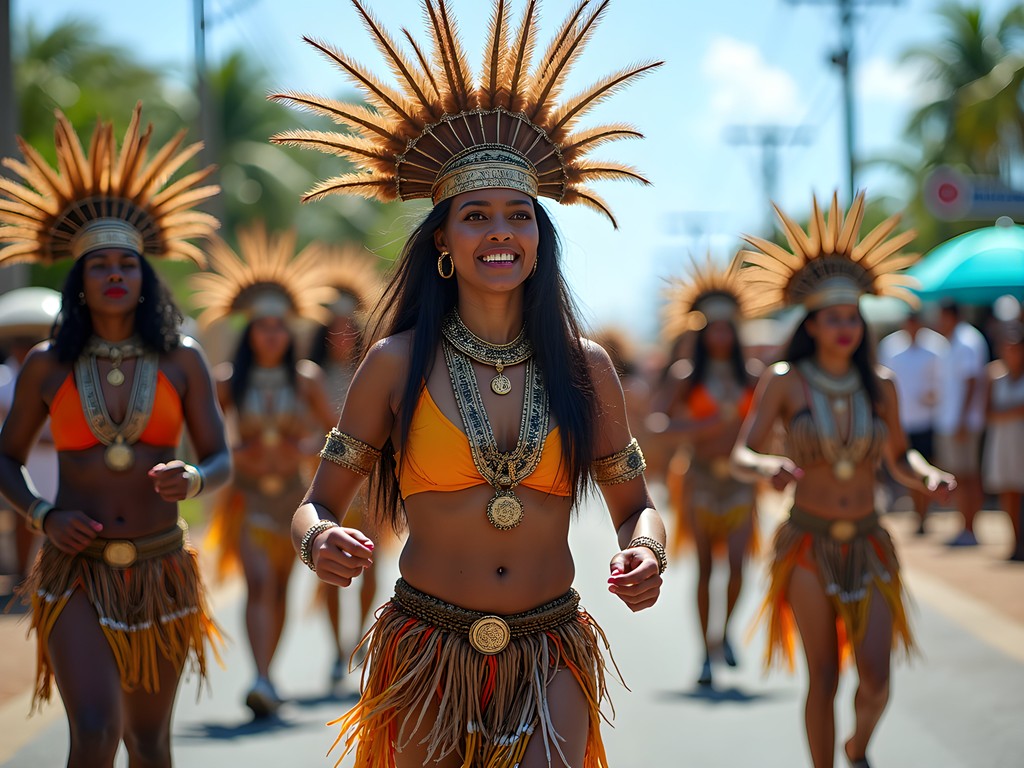
💡 Pro Tips
- Learn a few Trinidadian expressions before visiting—locals appreciate the effort and open up more readily
- Ask permission before photographing people or cultural practices
- Visit the Arima Dial during evening hours when locals gather to lime (socialize)
Solo Traveler's Guide to Arima
As someone who frequently travels alone, I've developed a sixth sense for destinations that welcome solo adventurers—and Arima ranks among the most accommodating I've encountered. The town's compact size means you're never far from assistance, while its position as a transport hub ensures regular connections to other parts of Trinidad.
Safety, always a concern for solo travelers, feels refreshingly manageable here. Basic precautions apply—avoid flashing valuables, stick to well-traveled areas after dark, and maintain awareness of your surroundings—but Arima lacks the edge I've felt in other Caribbean urban centers.
Connecting with locals comes naturally in Trinidad's culture of 'liming' (socializing), and I found myself adopted by various groups during my week-long stay. From impromptu dominoes games at roadside bars to being invited along on family picnics at nearby rivers, the opportunities for authentic interaction arose organically.
For solo hikers, I recommend joining group excursions organized through the Arima Tourism Office rather than tackling the more remote trails alone. Not only does this enhance safety, but the shared experience often leads to friendships with both guides and fellow travelers.
One item that proved unexpectedly useful was my portable door lock. While my accommodations felt secure, this simple device added an extra layer of privacy and peace of mind, particularly in guesthouses with older door locks. Similarly, my anti-theft daypack with slash-proof construction and locking zippers kept my essentials secure during market visits and public transport journeys.

💡 Pro Tips
- Connect with other travelers at Xanadu Inn or Cafe Mariposa—both are hubs for exchanging information and possibly finding trekking partners
- Use the reliable route taxi system for transportation—drivers often serve as unofficial tour guides
- Join the Sunday afternoon community cricket matches at Arima Savannah for instant local connections
Final Thoughts
As my week in Arima draws to a close, I find myself lingering over a final cup of cocoa tea at a local café, reluctant to leave this pocket of Trinidad that so few travelers truly discover. The Northern Range rises before me, its peaks obscured by afternoon clouds—a reminder of trails left unexplored and adventures saved for future visits.
Arima offers that rare combination that seasoned adventurers seek: authentic cultural experiences, challenging natural terrain, and the absence of overtourism that has transformed so many once-special places. Here, adventure travel remains what it should be—a genuine exchange between visitor and place, where both parties benefit from the encounter.
For solo travelers willing to step beyond Trinidad's more trafficked destinations, Arima rewards with experiences that money can't buy: sharing stories with elders who remember when the forests were even more vast, feeling your muscles simultaneously exhausted and rejuvenated after a day split between mountain trails and mineral springs, and discovering that the most valuable souvenirs are the connections formed with both people and land.
As I've found throughout my journeys, it's these overlooked destinations—these places between the guidebook highlights—that often leave the deepest impressions. Arima may not be on most Caribbean itineraries, but perhaps that's precisely why it deserves a place on yours.
✨ Key Takeaways
- Arima offers access to pristine rainforest hiking without the crowds of more popular Caribbean destinations
- The natural hot springs provide therapeutic relaxation after challenging treks
- Cultural experiences centered around indigenous heritage create depth beyond typical adventure travel
- Solo travelers will find Arima accessible and welcoming with proper preparation
- Budget-friendly adventures abound without sacrificing authentic experiences
📋 Practical Information
Best Time to Visit
January-May (dry season)
Budget Estimate
$50-75 USD per day (including accommodation, food, and activities)
Recommended Duration
5-7 days
Difficulty Level
Moderate

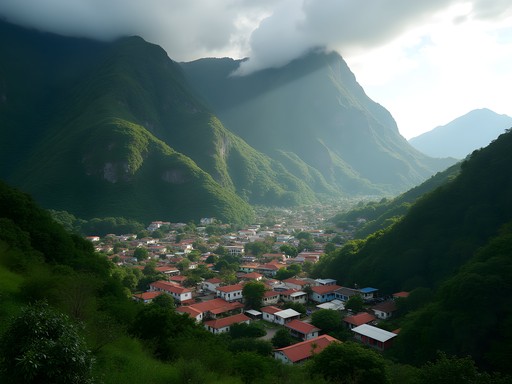
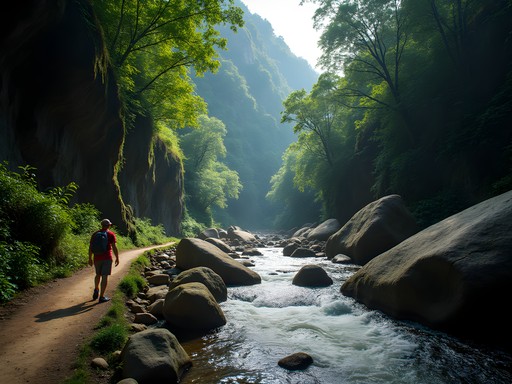

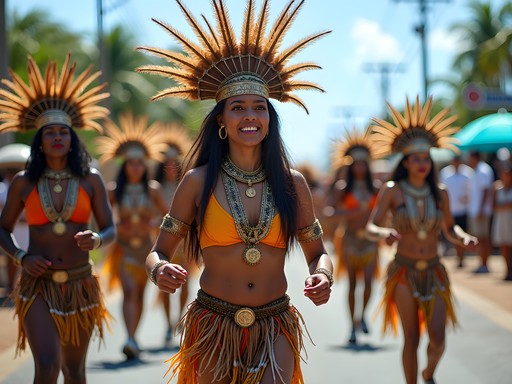



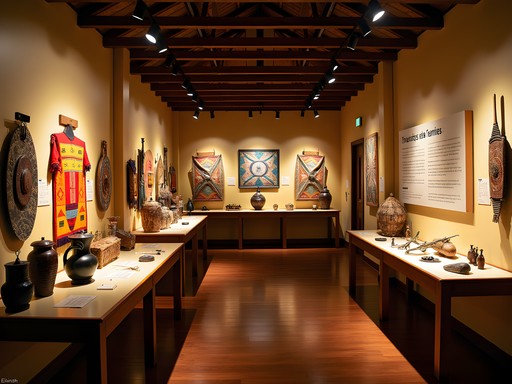
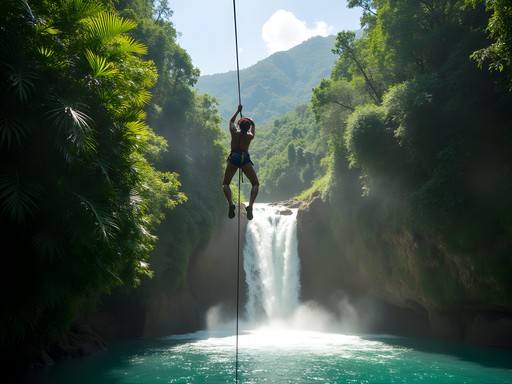






Comments
coffeeguy
Great post! What's the best time of year to visit? I've heard the rainy season can make some trails impassable but also makes the hot springs experience better. Thoughts?
Erik Murphy
I went at the beginning of the dry season (January) which was perfect - trails were accessible but the springs were still flowing well. The locals told me November-December can be ideal too. The height of rainy season (June-August) does make some trails muddy and dangerous, but you're right about the springs being more dramatic then!
islandbuddy
Great post! How did you get from Port of Spain to Arima? Is public transportation reliable or should I rent a car?
Erik Murphy
I actually used the public transportation and found it pretty reliable! There are regular buses from Port of Spain to Arima (about 45 mins). Once in Arima though, you'll want to arrange transportation to the trailheads - either taxi or a local guide with a vehicle. Much easier than driving yourself!
islandbuddy
Perfect, thanks! That saves me the hassle of renting a car.
Bryce Diaz
Just got back from Arima myself and your post captures it perfectly, Erik! I went solo and ended up joining a group of locals for their Sunday lime at the river pools - best impromptu experience of my trip. They taught me how to play All Fours (still don't fully understand it) and shared their homemade rum punch. For anyone heading there: the public transportation Erik mentioned is reliable but stops running early. I learned this the hard way and ended up with a 5km walk back to my guesthouse after sunset. Bring a headlamp if you're planning to stay out past 6pm! The stargazing on that walk made up for the sore feet though.
coffeeguy
Did the same thing last month! That walk back in the dark is something else with all those jungle sounds. Kind of terrifying but also amazing?
Bryce Diaz
Exactly! Terrifying but amazing is the perfect description. Those tree frogs are LOUD at night!
moongal
Those hot springs look amazing! Added to my bucket list!
George Hayes
Erik, your post brought back so many memories of our family trip to Arima last year! My kids still talk about the hot springs - my 10-year-old called them "nature's hot tubs" and didn't want to leave. We also stayed with a local family who showed us how to make traditional cassava bread, which became a weekend tradition when we got back home. One tip for families: the trail to the Blue Basin waterfall is kid-friendly and they have those natural pools where the little ones can safely splash around. We packed our water shoes which were perfect for the rocky river beds. Looking forward to your next adventure!
dreamclimber8196
How difficult would you rate those jungle trails? Planning a trip with my wife but she's not super experienced with hiking. Are there easier options that still let you see the good stuff?
Erik Murphy
There are definitely easier trails! The path to Avocat Waterfall is well-maintained and only about 30 minutes each way. For hot springs, the main ones near the visitor center are accessible via a gentle 15-minute walk. I'd recommend hiring a local guide though - they know which paths are best for beginners.
dreamclimber8196
Perfect, thanks! That sounds doable for us. Did you book your guide in advance or find one when you got there?
Erik Murphy
I arranged mine through my guesthouse, but you can also contact the Arima Tourism Association beforehand. Their guides are certified and really knowledgeable about the local flora and fauna!
wildwanderer7622
OMG Erik this brings back so many memories!! I did that same Northern Range trek last year and those hot springs are LEGIT healing - my knees felt 10 years younger after soaking there. Did you try that local cocoa tea place near the market? The owner told me they've been using the same family recipe for like 80 years. Definitely the best thing after those humid jungle hikes!
Erik Murphy
Yes! That cocoa tea was my daily ritual - I think we're talking about the same place. The owner (Maria?) would always add a pinch of something special she wouldn't reveal. Perfect post-hike recovery!
wildwanderer7622
That's the one! Maria and her secret ingredient, haha. She told me it was "just love" when I asked 😂
Hunter Thompson
Mate, this post is spot on! Just got back from Trinidad last month and Arima was the highlight of my trip. That cocoa tea you mentioned? LIFE CHANGING. I ended up staying with a local family through a homestay program which I can't recommend enough. They took me to some hot springs that weren't even on Google Maps! For anyone heading there, the waterproof dry bag was an absolute lifesaver for keeping my camera gear dry during those sudden tropical downpours. Erik - did you check out the bird sanctuary? The toucans were incredible!
Erik Murphy
Hunter - I did! The bird sanctuary was amazing. Those toucans were definitely a highlight. And yes, the cocoa tea is something special. Did you get a chance to try making it yourself? One of the locals showed me their family recipe.
photo_enthusiast
That shot of the mist rising off the hot springs is absolutely stunning! What time of day did you take it?
Megan Martin
Erik, this is such a well-written piece! I actually visited Arima back in 2023 while on a business trip to Port of Spain. The hot springs were the perfect weekend escape from meetings. For anyone planning a visit, I'd recommend bringing a lightweight, quick-dry towel and water shoes for the river pools. The locals I met recommended visiting early morning (before 9am) to have the springs almost to yourself. Also worth noting - the cellular service is spotty in parts of the Northern Range, so download any maps or guides beforehand!
islandbuddy
Megan, did you hire a guide or did you explore on your own? Planning a trip for November and trying to decide if a guide is necessary.
Megan Martin
I actually did both! For the first day, I hired a local guide through my hotel (about $50 USD for half-day) which was great for orientation. After that, I felt comfortable exploring some of the easier trails on my own. If you're heading into the deeper jungle areas though, definitely get a guide - they know all the hidden spots!
Venture X
Premium card with 2X miles, $300 travel credit, Priority Pass